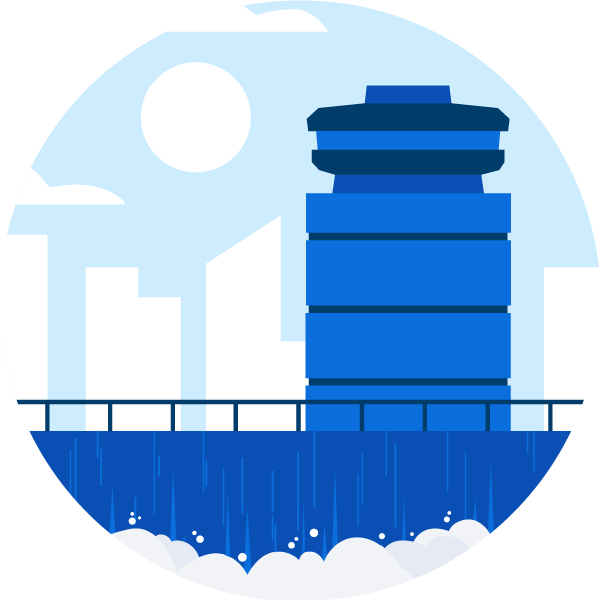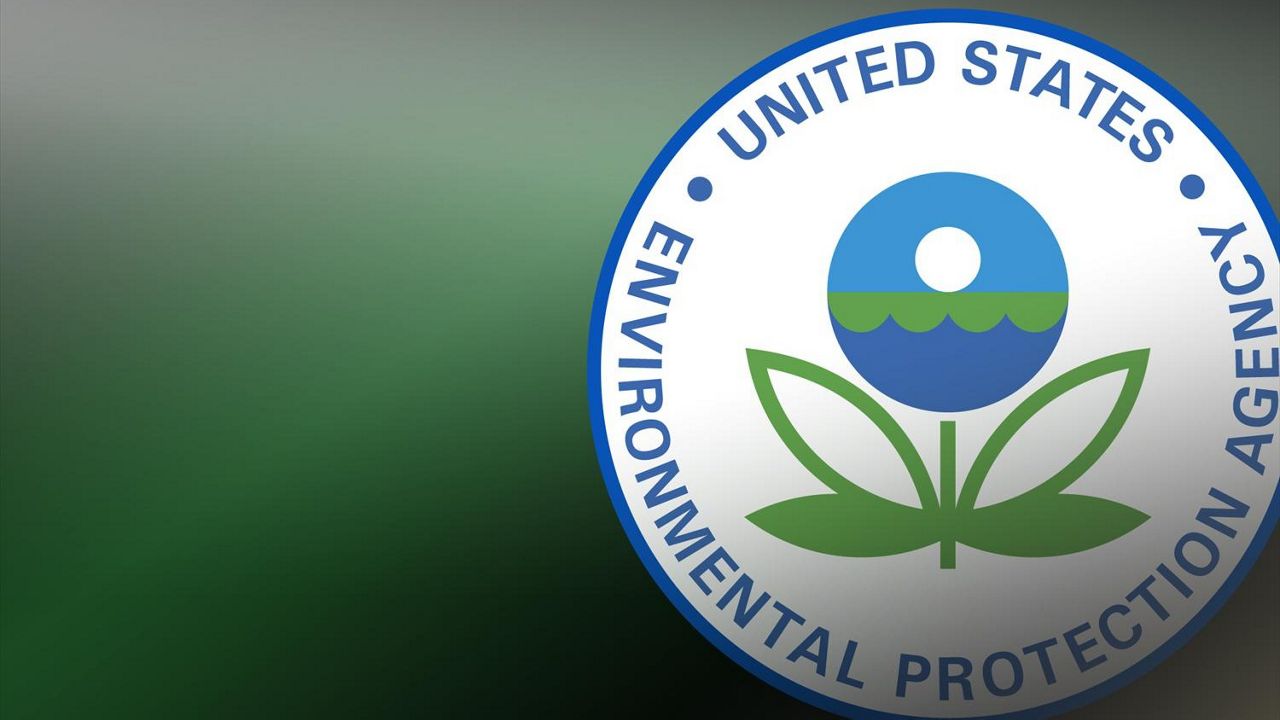The Rochester Embayment, a 35-square-mile bay on southern Lake Ontario’s shore, is no longer considered one of the Great Lakes’ most environmentally degraded areas, the Environmental Protection Agency announced Tuesday.
EPA representatives were joined by state and local officials at the Embayment to mark its removal from a list of “Areas of Concern" on the Great Lakes affected by historical contamination. The EPA says the list was originally announced in 1987 and included areas in the United States and Canada.
“The Rochester Embayment has become a thriving ecosystem for wildlife and a valuable resource for Rochester area residents,” EPA Region 2 Administrator Lisa F. Garcia said in a statement. “The delisting is a milestone for Rochester and the entire Great Lakes region. It demonstrates that we can reverse the environmental harm caused by decades of pollution if we collaborate across government, community, and business sectors and prioritize environmental stewardship.”
The EPA says nearly $14 million was allocated to the Embayment through the federal Great Lakes Restoration Initiative to fund several habitat restoration projects. Officials say 275 acres of habitat and 30,000 linear feet of wetland channeling have been restored, leading to improved to connectivity and biodiversity in the bay.
“Today marks a tremendous milestone for Monroe County and our entire region as the Rochester Embayment is officially delisted as an Area of Concern. This achievement reflects decades of hard work, collaboration and a shared commitment to restoring the health of our waters,” Monroe County Executive Adam Bello said in a statement. “The embayment, which suffered from pollution for years, is now a thriving ecosystem once again supporting recreation, wildlife and economic activity. Thanks to the dedication of federal, state and local partners, especially through initiatives like the Great Lakes Restoration Initiative and Monroe County’s Combined Sewer Overflow Abatement Program, we have safeguarded this resource for generations to come.”
More information can be found on the EPA's website.
Adam Penale - Digital Producer
Adam Penale is a Niagara University graduate who has written for the Buffalo Bisons and the Niagara Gazette. He joined Spectrum News in 2020.






